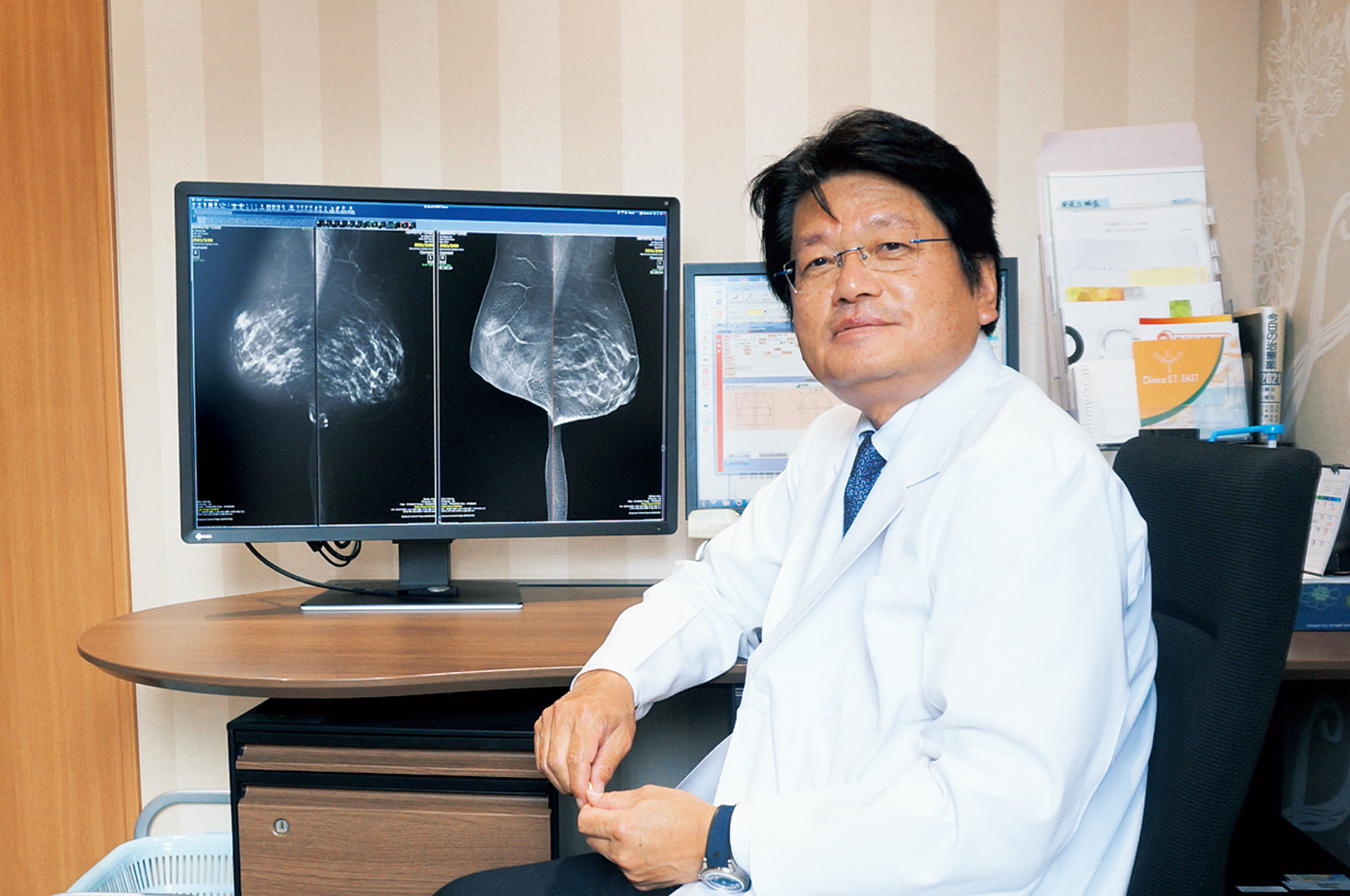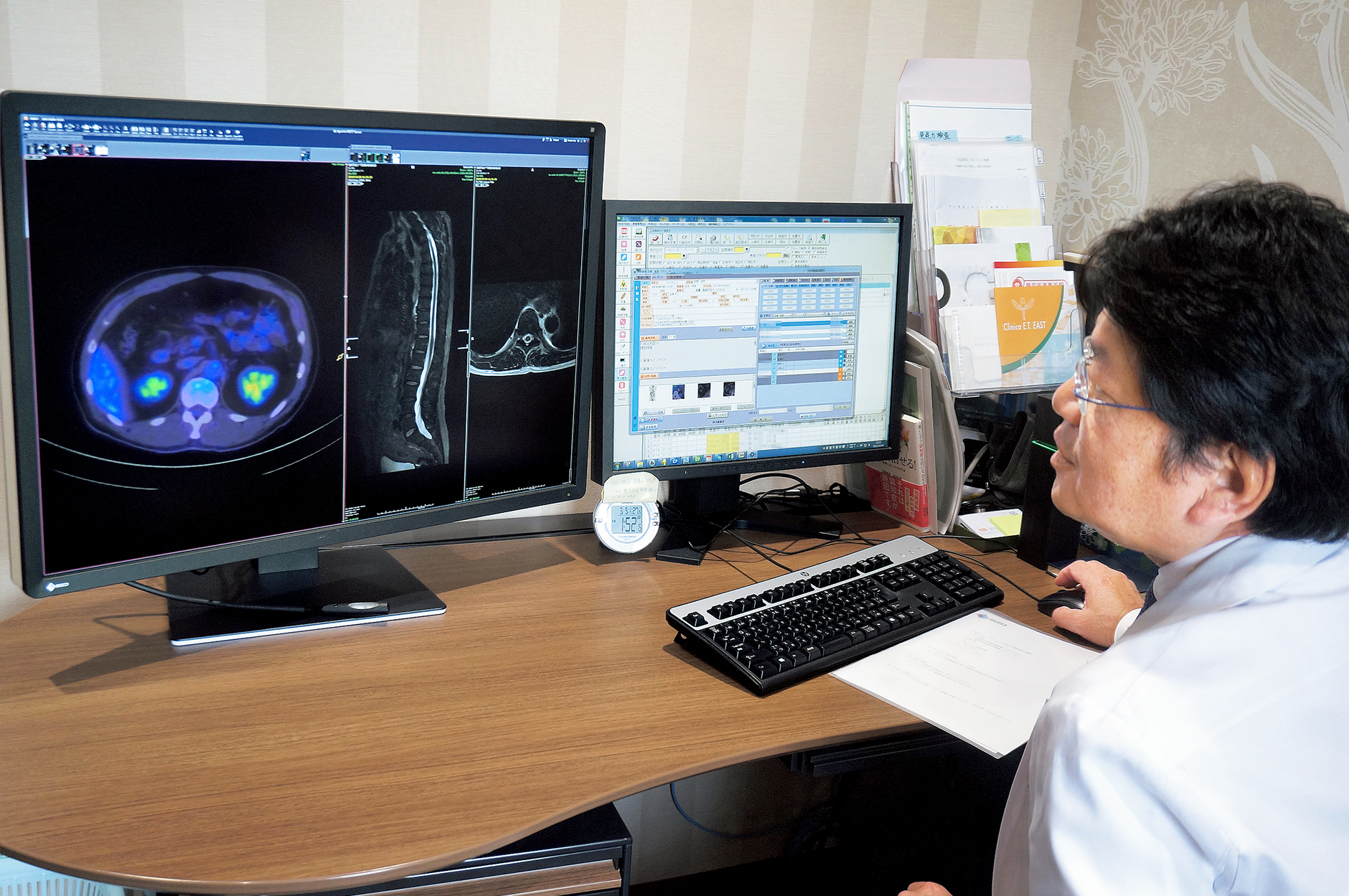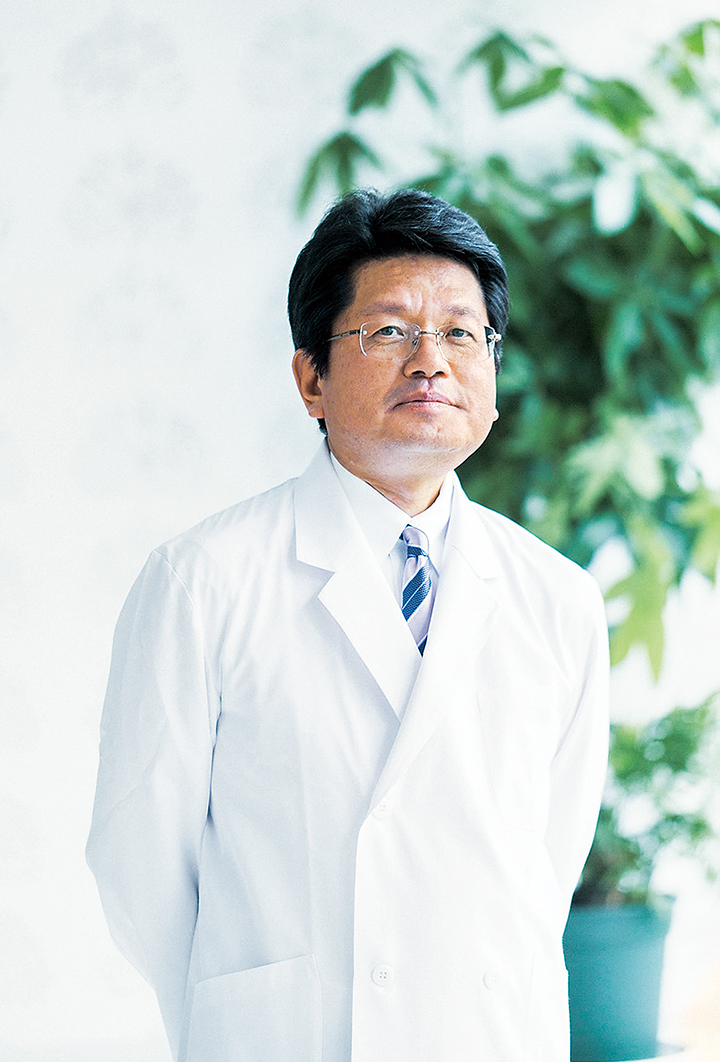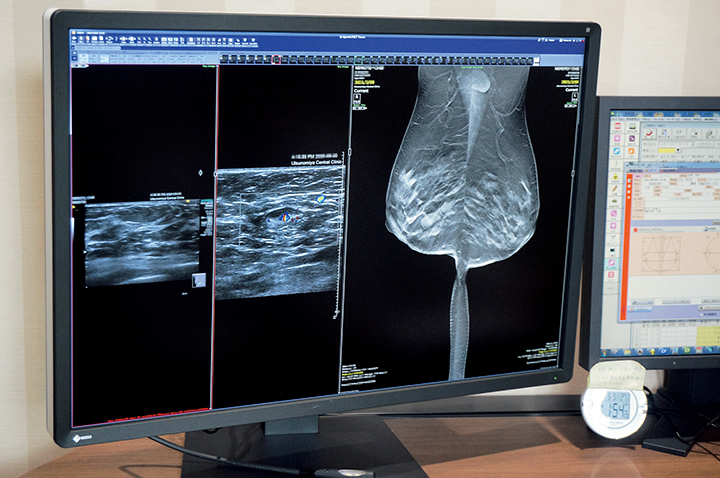Healthcare
Utsunomiya Central Clinic - A 12 Megapixel Monitor Indispensable for Multi-Modality Image Reading
Utsunomiya Central Clinic has been using high-resolution 8 megapixel 31.1-inch color monitors, such as the RadiForce RX850, since 2017. They have now adopted the 30.9-inch, 12 megapixel RadiForce RX1270 color monitor. We asked Dr. Toshihiko Sato, radiologist and board member of the clinic, about their experience with the monitor.

Dr. Toshihiko Sato, Board Member, Utsunomiya Central Clinic
Tell us about the clinic.
Utsunomiya Central Clinic has been providing the most advanced diagnostic imaging services since we opened in 1997. We implemented early adoption of advanced modalities for clinical and preventive cancer care applications, such as 3T-MRI and PET-CT. In 2007, we became the first hospital in the Tochigi prefecture to install a 3T-MRI scanner, offering highly accurate MR examinations.
We opened the Utsunomiya Central Clinic Breast Center in December 2013. Here, we use 3D ultrasound and 3D tomosynthesis mammography equipment to provide patients with highly accurate breast cancer screening and outpatient breast care with little discomfort.

Why did you choose the RX1270?
|
|
Before, we were using the RX840-MG and the RX850 8 megapixel monitors at the clinic. We read and diagnose based on images, including color images, obtained from various modalities, such as CT and PET-CT scanners, mammography, and ultrasound systems. We use DICOM viewing software capable of displaying multi-modality images to read various types imaging modalities, rather than a specific viewing software for each. We used the RX850 for this in the past, but we were looking for more vertical resolution to view mammography images in full without zooming in. When we compared our current RX850 with the RX1270’s vertically spacious 12 megapixel resolution screen, we knew that this was the monitor that would enable us to read images from all types of modalities with DICOM viewing software. |
How has your experience been with the RX1270?
We were using the RX850 to read monochrome and color images from CT and PET-CT scanners as well, displaying them using a variety of configurations. Since we adopted the RX1270, we have been able to display vertical images from different modalities without needing to zoom in. Displaying images has become very efficient. Being able to display images much larger on the RX1270, has also made it easier for us to explain things to patients.
The RX1270 also has a high brightness, making it easy to use even in brighter reading environments. Since we can’t keep the door to the reading and diagnostic rooms closed all the time for ventilation purposes, the monitor’s high brightness, and its anti-reflection coating protecting it from glare, allows us to read images comfortably.
|
I was using the EIZO RX840-MG widescreen monitor since it was released, because I believe that using both a universal DICOM viewing software, and a widescreen monitor was important for viewing multiple imaging modalities simultaneously. The bezels of the RX1270, however, are much thinner than any monitor I have used in the past, making reading images easer. |
 |





